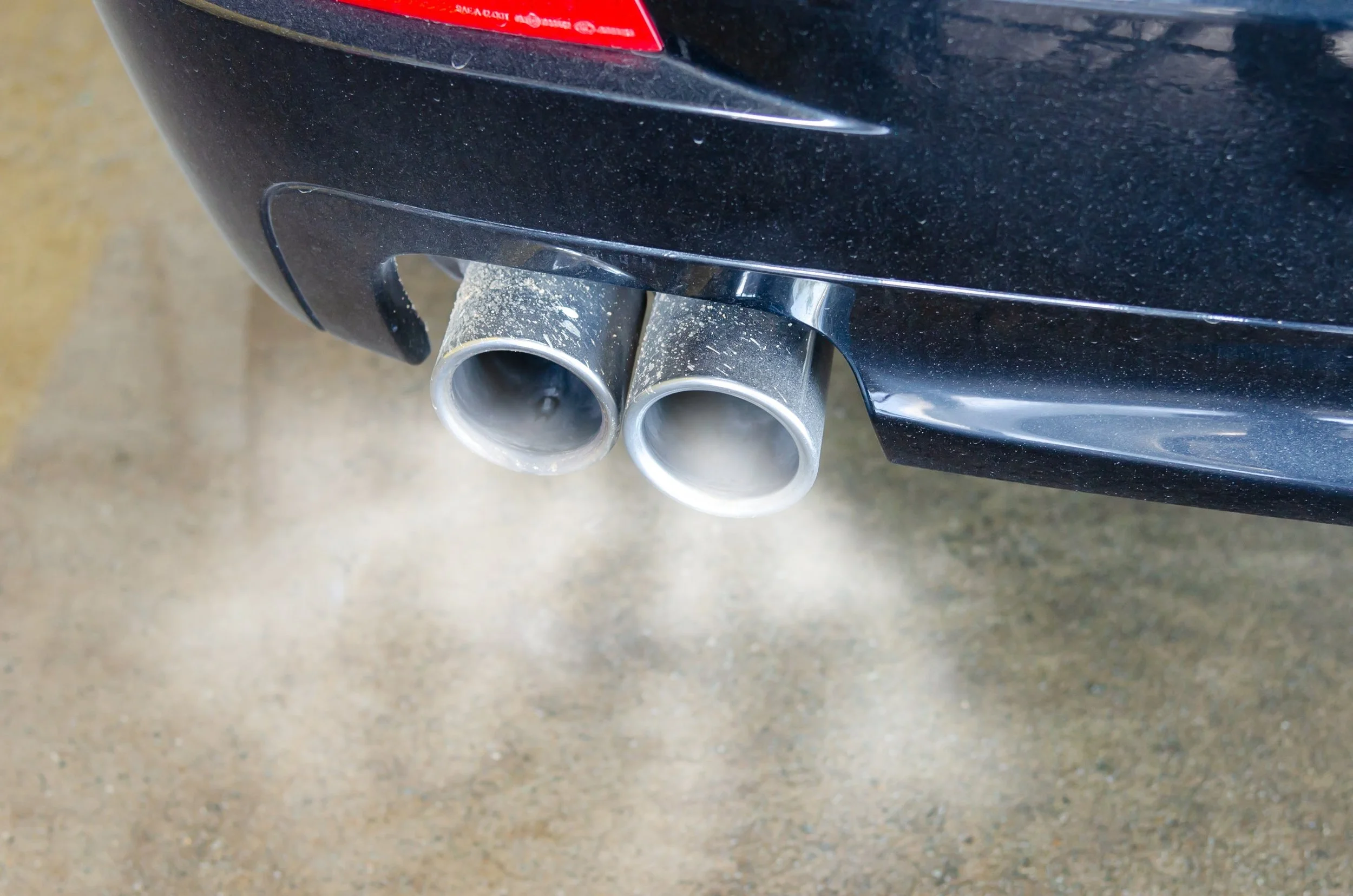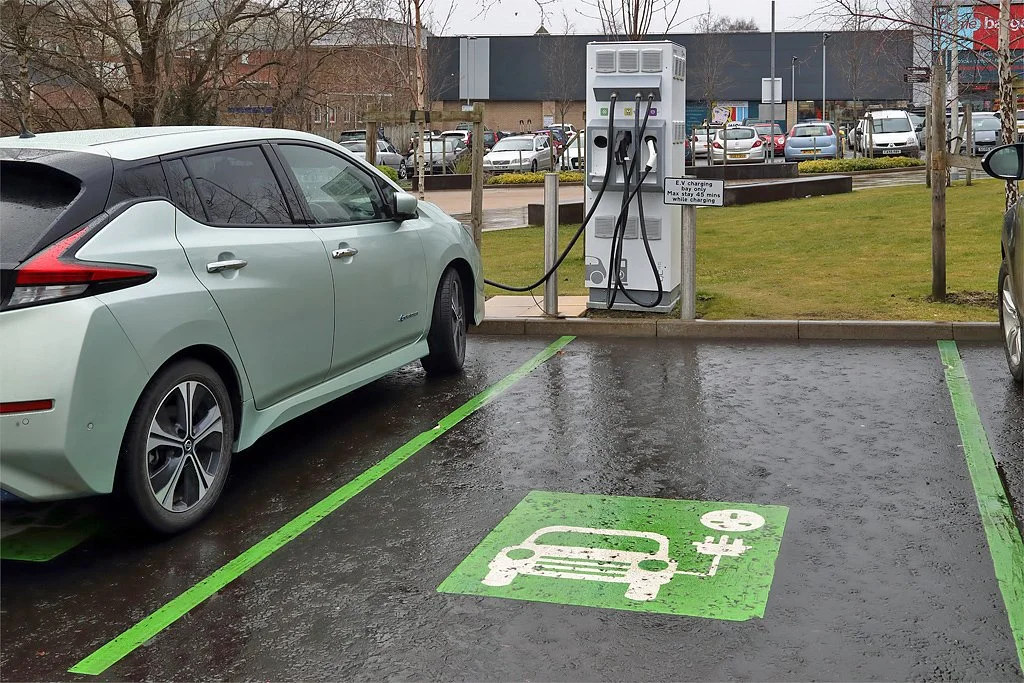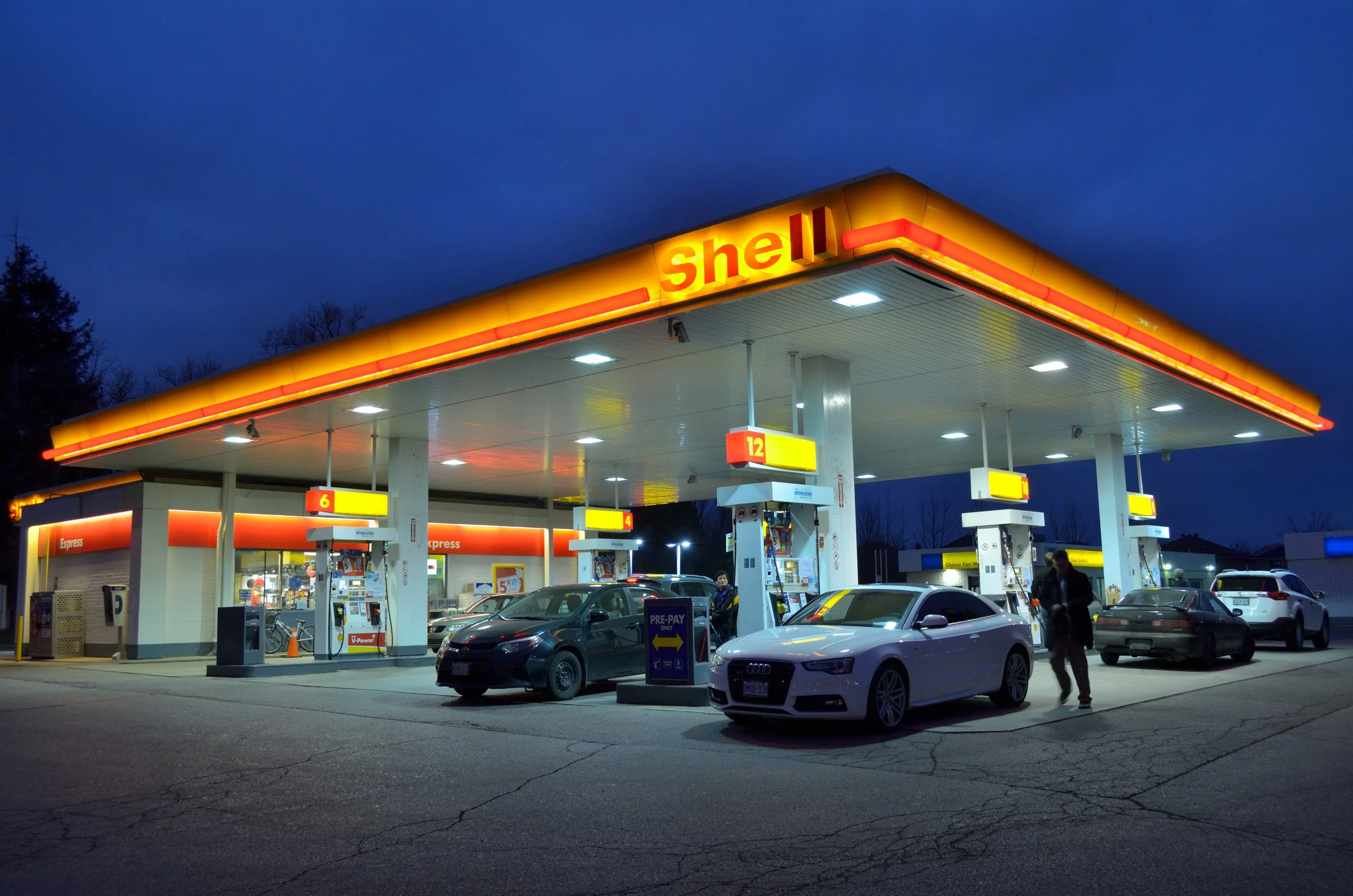OPINION | Is Internal Combustion Dead? Long live the I.C.E!
I've been contemplating writing this piece for a while now. I'm neither a writer nor an automotive journalist, but I am a passionate petrolhead. I am also a realist, allowing a balanced view on this topic.
Due to various legislation changes worldwide, we are looking towards the end of the internal combustion engine. However, I believe thanks to the technology we already have, the internal combustion engine (I.C.E.) can be reborn and stripped of the harmful stigma that alludes to it destroying the world.
In the Western world, it feels as if we as a society are being pushed towards full-electrification of mobility through electric vehicles (E.V.), be that as rail, personal mobility (E scooters) and ultimately, what we, the motorists, are most interested in, the motor vehicle. Whether full electrification is the promised silver bullet to decarbonising mobility is yet to be seen. Using renewable energy to charge them and zero tailpipe emissions are both huge positives. The negative to these, however, is the high carbon output in mining the raw materials and creating the batteries. Not to mention the questionable humanitarian costs surrounding cobalt mining and the vast environmental impact of lithium processing (brine pools).
I'm confident that now these negatives are being highlighted, action can be taken, and as technology improves, we will reduce the downside of E.V. creation. Better mining techniques, reduction in carbon emissions for transportation of raw battery materials, and next-generation battery technology will all play a factor.
We are also seeing more and more that E.V. demand is rapidly outpacing infrastructure supply. During the last winter, clips emerged online showing service stations gridlocked by queues of E.V.s waiting for a charge point to become available. There is also the dilemma that countries are yet to adopt fully renewable energy sources, so charging an E.V. isn't as green as it looks on the surface. Again, both of these will improve with time.
However, time, as we are repeatedly reminded, is running out. So, how do we quickly aid the decarbonisation of transport and mobility to allow E.V. to evolve into the most practicable solution? And how do we support lesser developed regions of the world on their path to net zero?
Well, a solution has been around since the early 1900s. Synthetic fuels. Originally derived directly from coal in a process developed by German chemist Friedrich Bergius in 1913, they were a substitute for crude oil-based fuels. A later development of indirect conversion of coal to synthetic fuel by Franz Fischer and Hans Tropsch 10 years later laid the foundation for the modern process of synthesising gasoline today.
These early synthetic fuels had the benefit to Germany that fuel could be created from their immense coal reserves but, from an environmental perspective, are no better than crude oil-based gasoline. The process, however, with some development and modern technology, now produces gasoline that is 100% carbon neutral (tank to wheel) and up to 94% carbon neutral in its life cycle (well to wheel). The 6% shortfall is due to not all energy within the process coming from renewables, although this will change as we move to more renewable power generation.
This modern synthetic fuel split into "E-Fuel" or Bio-Synthetic Fuel, no longer relies on coal or other fossil fuels as a base (the Germans also dabbled with shale-based synthetics during WW2). The CO2 used today is extracted from the atmosphere via new carbon capture technology recycled from industrial processes such as ammonia production or waste feedstocks from agriculture. In the most simplistic terms, once this recycled CO2 is combined with hydrogen, a hydrocarbon can be refined into various grades of gasoline.
Because synthetic fuels share the same chemical composition as fossil-based fuels, they can be classed as a "drop-in" solution for decarbonising current internal combustion engines. Their use would go unnoticed if switched into the millions of existing I.C.E.-powered vehicles in the U.K. but would instantly reduce new carbon emissions (around 112Mt of new CO2 emissions from petroleum powered transport based on Department of Energy Security & Net Zero figures 2022). We already have the infrastructure for quickly rolling out synthetic fuels across our existing fuel station network, and some products, like P1 Fuels Eco100Pro, are EN228 accredited, just like the fossil-based pump fuels available at your local service station or supermarket fuel pump.
As with E.V., there are drawbacks to synthetic fuels, with the elephant in the room being cost. Currently, "E-Fuels" retail between £5-6 a litre, instantly ruling out their use for the average consumer and, more so, the commercial user. The cost will reduce with scale, though, and forecasts say in the next 3 to 5 years, prices will match or beat fossil-based fuels per litre. A significant factor in future pricing is that synthetics are still taxed at the same rates as fossil fuels, so legislatively, we have a lot of room to incentivise synthetics similarly to incentives laid out for E.V. purchases. Tailpipe emissions also negate the carbon-neutral positives. Cynics are quick to point out that densely populated areas and city centres are no better off with a synthetic fuelled vehicle driving through them, affecting the air quality. However, we already have a technology to cover this, hybrids with full electric mode for urban driving.
For commercial, industrial and aeronautical applications, current battery E.V. technology will take a lot of work; synthetic fuel (second generation H.V.O.s and synthetic avgas) are already being tested and rolled out. Container ships are utilising more biofuels, and following Cop26, the U.K. government provided synthetic avgas for all delegates for their flights home. Again, allowing the use of current technology but with a reduction in carbon emissions.
Beyond the I.C.E., synthetic fuels have great promise for other societal gains. Energy independence and carbon-neutral distribution of energy across the globe are significant factors we should consider. The creation of synthetic fuels isn't tied to oil fields in the Middle East, the U.S. or Russia. The process can be implemented as long as a country has clean energy, waste feedstocks and water. For example, the U.K. could set up sites across the north coast of Scotland, utilising the offshore wind and water both in abundance to create synthetic fuels. Likewise, Spain could produce synthetic fuels thanks to the high solar potential. Transfer of energy is also a use of synthetics often not considered. The Sahara Desert could yield enough power to meet the world's energy demands fourfold, but the transfer of this energy across the globe isn't efficient on current conductor materials. Energy loss due to cable resistance is a challenge that can be bypassed by transferring this energy into liquid in the form of synthetic fuel and using existing infrastructure, transporting it around the globe for power generation.
I digress slightly, so back to our focus: Can the I.C.E. live on and see out this century? I believe it has to. There will always be an application where E.V. could be more practical and cost-effective, but we can subsidise these shortfalls with current technology! We have a strong bond with the internal combustion engine in this country, from our history of great motor manufacturers like Bentley, Rolls Royce and Jaguar to being home to more than half the F1 grid. If our government takes note now, we can accelerate towards our climate goals with less impactful changes needed, securing a brighter future for all and keeping our internal combustion motoring heritage alive.
Words: Matthew Simmonite
Our Guest Contributor is Matthew Simmonite
About Matthew: I am a self-described petrolhead. If it has an engine, it has my interest, and I will happily take it apart to see how it ticks. I've raced cars at club level on and off for the last ten years in various classes, and I'm one of the first club-level racers in the UK to compete using carbon-neutral synthetic fuel in my Mk3 Mazda MX5. I also own a classic Alfa Romeo Giulia and daily drive a Landrover Discovery 4, so quite a mix.
I am interested in protecting the heritage and future of internal combustion (for my three young sons) but I also value the ecological benefits that EVs and Hydrogen Cells both bring as solutions to climate change (also for my three young sons). I've taken a particular interest in the area of "E Fuels" since Porsche first announced their interest in the topic back in 2020.
I was born the year Senna won his first F1 World Championship, and I'm a huge Senna fan. I will happily watch any form of motorsport, from Historic 750 Formula to BTCC, IMSA Sportscars to F1.




